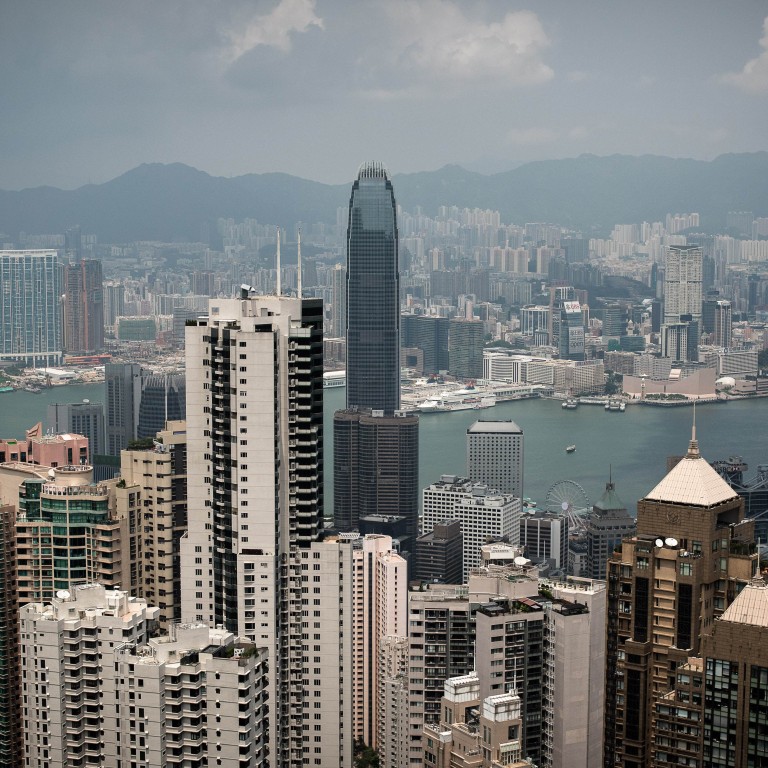
Hong Kong not in same 'smart city' league as Barcelona or Paris, but gap is closing as technology plays a bigger role
European hot spots like Barcelona and Paris are streets ahead of Hong Kong in terms of adopting smart technology to make urban life more efficient, according to local officials and businessmen.
The city still lags its counterparts in Europe when it comes to smart traffic management and reducing the number of cars on the road, said Alok Jain, head of planning and development for Hong Kong’s Kowloon Motor Bus Company.
“In Paris, they adopt a model that when the pollution level goes up to a certain level, they ban all the cars in the city, it’s an automatic trigger,” Jain said.
“Now Hong Kong, we are far off from these things, we still have a very laissez faire policy.”
Smart devices essentially communicate, and often help regulate, one another without the need for human intervention. The goal of a smart city is to make life more convenient for its inhabitants.
Meanwhile, the Spanish city of Barcelona has harnessed reams of data to reduce traffic, redraw bus routes and install 36 types of energy efficient street lighting.
In contrast, Hong Kong has been taking baby steps by testing smaller ideas in the Kowloon East neighbourhood before rolling the successes out across town.
“Barcelona is moving ahead of us, [especially] some of the things they’re doing like the smart bus stops,” said Winnie Ho, deputy head of Energising Kowloon East, a government body launched in 2012 to promote innovation in urban planning.
These are “also the things we are interested in and we hope that we will learn from them,” she added.
“They tell me that they started in 2000, so we have a lot of catching up, but I’m confident [we can].”
The technology fuelling so-called smart cities relies on acquiring and processing lots of data to increase efficiency and reduce energy use by adopting innovations like smart electricity meters, or smart sensors to monitor roadside pollution.
Speaking on the first day of the two-day APAC Innovation Summit 15 Smart Cities conference in Hong Kong on Tuesday, Ho said testing small-scale ideas worked in the city because government departments still require quite a lot of persuading.
Ho gave the example of projects involving new parks and traffic systems, and said such pilot schemes are an effective way to encourage government departments to work together.
She pointed to green building standards in Kowloon East as a marker of its success in working with the private sector to improve the city’s overall health.
Using Barcelona as a reference point, Xavier Vilalta, a Spanish economist who coordinates smart city planning for the broader Spanish region, said planners these days look at how public services are used, whereas before they focused on merely updating older models.
Vilalta said that instead of sticking to bus routes from 50 years ago, planners in Catalonia redesigned services to take into account new usage patterns and also the subway.
The use of big data to improve services is not limited to governments, as shown by the aforementioned Hong Kong bus company.
It has installed monitoring devices on its vehicles to track fuel usage and provide real-time arrival information.
